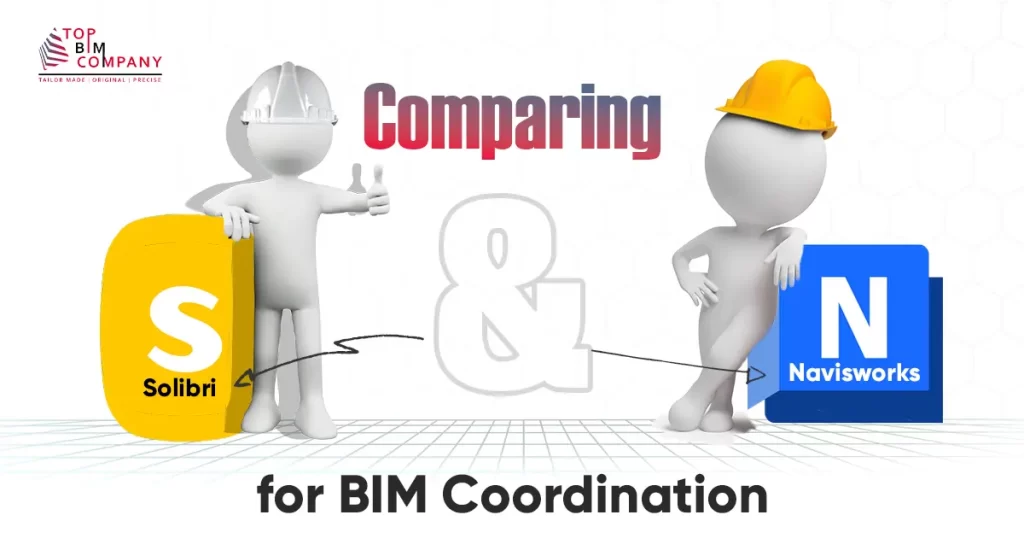Infrastructure – the very arteries of civilization – forms the bedrock upon which all construction thrives. From sturdy bridges spanning rivers to intricate networks of underground utilities, these lifeblood systems face a spectrum of challenges that can test even the most seasoned engineers.
Table of Contents
ToggleNavigating Infrastructural Challenges with BIM for Infrastructure
- Bridges: Complex geometries, intricate connections, and unpredictable environments make bridge construction a bit difficult. BIM empowers engineers to virtually test designs, assess wind and seismic loads, and optimize structural integrity, guaranteeing stability and longevity.
- Tunnel: Burrowing through earth poses significant risks, as hidden geological formations and water infiltration can wreak havoc. BIM shines with its geological modeling tools, predicting potential hazards, optimizing excavation strategies, and ensuring worker safety and project timeliness.
- Dams: Balancing energy generation with ecological stewardship is a paramount concern for dam construction. BIM’s advanced analysis tools help predict dam behavior under varying loads and weather conditions, minimizing environmental impact and maximizing energy output.
- Transportation: Planning efficient transportation networks is a logistical mess. BIM’s traffic simulation tools optimize road, railway, and airport design, ensuring smooth flow of people and goods while minimizing congestion and pollution.
- Site Modeling: Precise digital landscapes created with BIM eliminate surprises during site preparation. Contractors can visualize elevations, drainage patterns, and potential obstacles, leading to smoother ground-breaking and efficient resource allocation.
- Underground Utilities: Subterranean utilities are often a tangled mess, leading to costly excavation mistakes and service disruptions. BIM’s clash detection and visualization tools shed light on these hidden networks, guiding safe and efficient installation and maintenance.
- Offshore Structures: Offshore structures face constant battles against waves and harsh marine environments. BIM’s anchor system optimization tools and detailed wave force simulations ensure platform stability and structural integrity, safeguarding life and assets at sea.
- Water Treatment Plant: Water treatment plants provide the very essence of life. BIM’s flow optimization tools ensure efficient water processing, while intelligent design minimizes environmental impact and operational costs, safeguarding this crucial resource.
Latest BIM Software Applications for Infrastructure Projects
While established players like Revit and Bentley MicroStation remain dominant, several exciting new applications are pushing the boundaries of BIM in infrastructure:
The importance of Digital Twinning with BIM for Infrastructural Development
Think about a virtual replica of your bridge, road, or power plant, constantly analyzing its health, predicting problems, and optimizing performance. That’s Digital Twinning combined with BIM (Building Information Modeling) for infrastructure.
Why it matters?
- Smarter infrastructure: Sensors embedded in real-world assets feed data to the digital twin, providing real-time insights into performance, stress, and potential issues.
- Predictive maintenance: By analyzing data patterns, the twins can predict when components might fail, allowing proactive maintenance and avoiding costly breakdowns.
- Improved communication & collaboration: BIM’s 3D models act as a shared platform for engineers, architects, and operators, facilitating better collaboration throughout the infrastructure lifecycle.
- Data-driven decision making: Analyzing twin data helps optimize design, construction, and operation, leading to more efficient and sustainable infrastructure.
It’s like having a digital guardian for your infrastructure
- Always watching: Monitoring health and performance 24/7.
- Always predicting: Anticipating issues before they happen.
- Always optimizing: Suggesting ways to improve efficiency and extend lifespan.
The impact?
- Reduced costs: Less downtime, fewer emergencies, and optimized maintenance.
- Enhanced safety: Proactive risk mitigation for a safer infrastructure network.
- Improved sustainability: Data-driven insights lead to more efficient resource usage and reduced environmental impact.
Digital Twinning and BIM aren’t just futuristic technologies. They are the present and future of building and maintaining a resilient, sustainable infrastructure network.
Start building a sustainable future today. Get free BIM consultation for your project.
Point Cloud Modeling & Reality Capture
Trimble SketchUp Pro
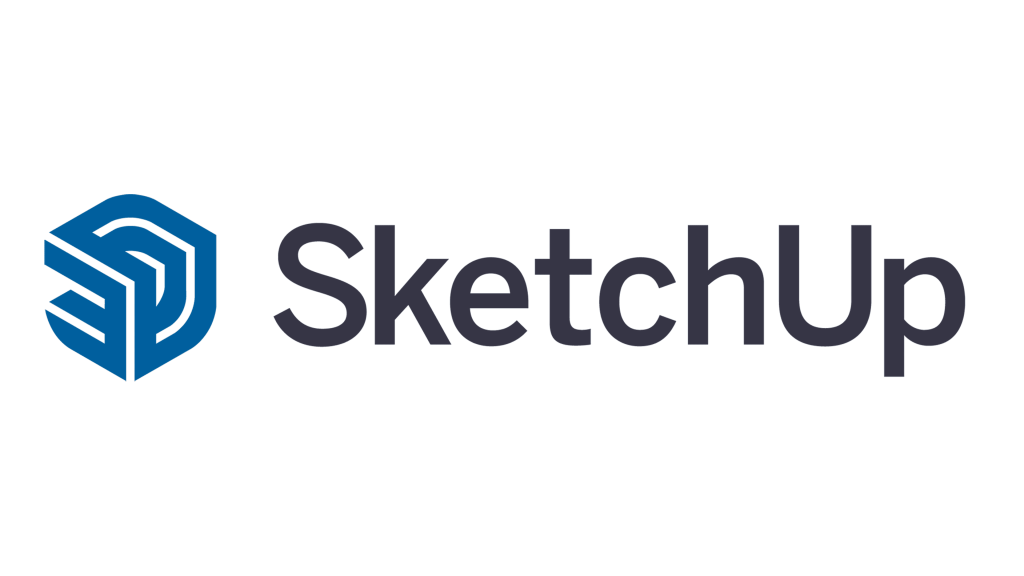
Streamlines reality capture workflows, integrating laser scans and point clouds seamlessly into BIM models for precise existing condition documentation and clash detection.
Autodesk Recap Pro
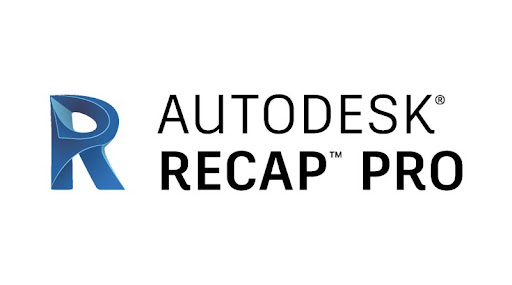
Offers robust point cloud processing tools, automated feature extraction, and integration with Revit for enhanced visualization and clash detection.
Bentley iTwin

Creates “digital twins” of infrastructure assets, using point cloud data to generate a real-time replica for monitoring, analysis, and predictive maintenance.
Generative Design & Optimization
GenerativeDesign.org
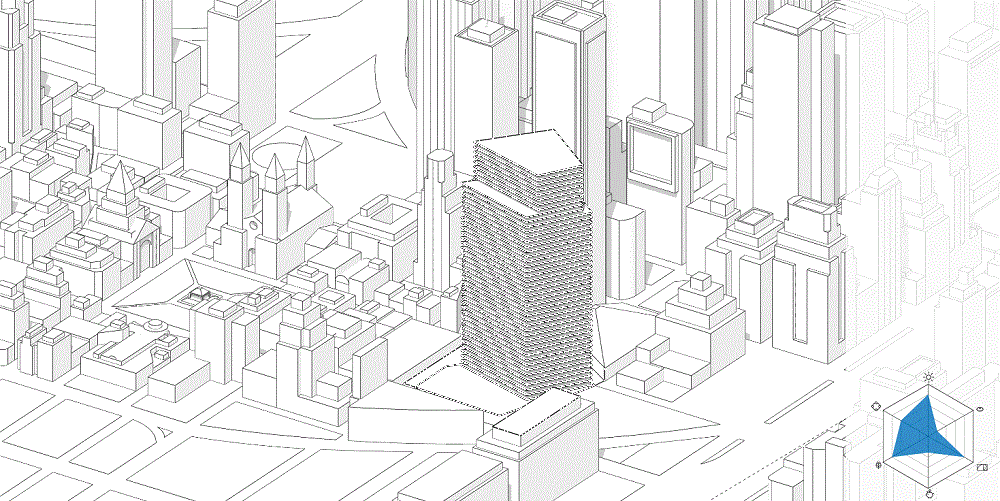
Open-source platform is empowering engineers to explore design possibilities through evolutionary algorithms and AI-driven optimization.
Arup Optimiser

Utilizes AI and machine learning to generate and evaluate a vast number of design options, optimizing for performance, cost, and sustainability.
Synchro Pro

Optimizes construction sequencing and logistics, analyzing complex workflows and minimizing schedule delays and resource conflicts.
Bridge Design & Analysis
Bentley SACS
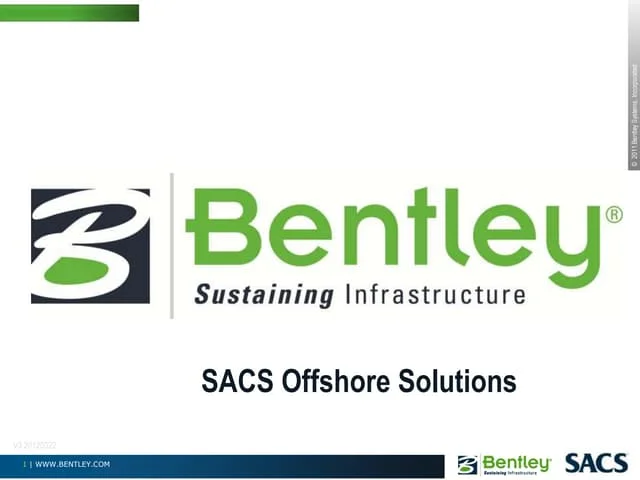
Advanced structural analysis software specifically designed for bridges, providing detailed insights into stresses, deformations, and dynamic behavior.
Sofistik
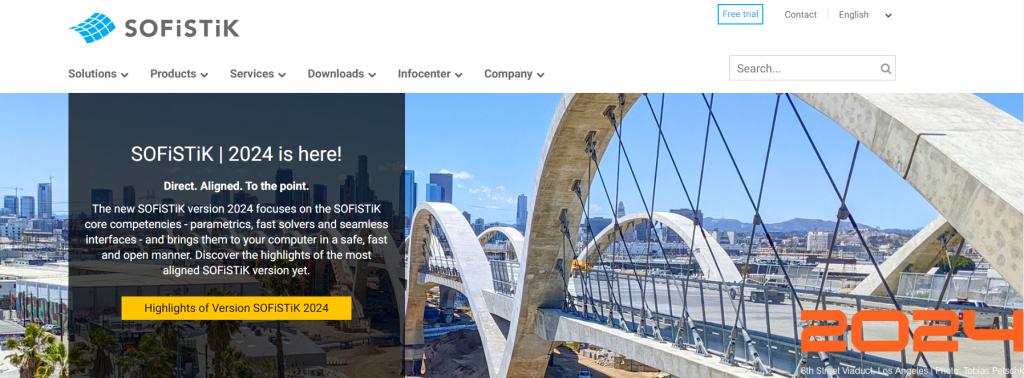
Offers powerful modeling and analysis tools for complex bridge structures, including cable-stayed and suspension bridges.
InfraWorks Bridge
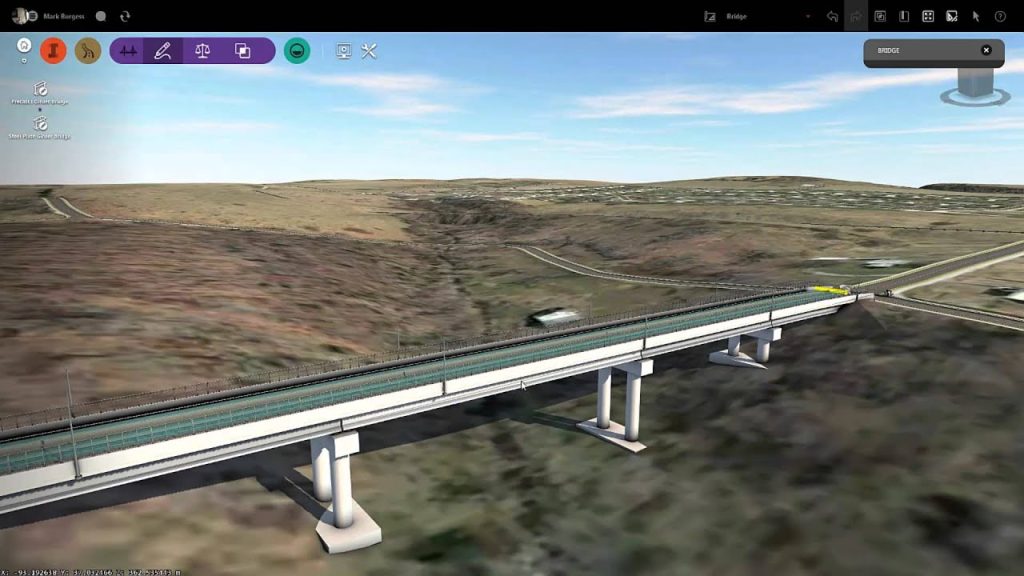
Integrates bridge design with terrain modeling and hydraulic analysis, allowing for holistic optimization of bridge placement and performance.
Tunnel Design & Excavation
Bentley OpenRoads Designer
Provides comprehensive tools for tunnel design, excavation planning, and ventilation analysis, with integration with GIS and 3D modeling capabilities.
Dassault Systèmes Abaqus
Advanced finite element analysis software for simulating rock mechanics and tunnel behavior, optimizing support systems and minimizing excavation risks.
Cave Engineering Tunnel Builder
Specialized tunnel modeling software with integrated cost estimation and excavation sequencing tools, ideal for smaller tunnel projects.
Water Treatment Plant Design & Analysis
Bentley WaterGEMS/Optimatics
Comprehensive hydraulic modeling and water distribution network analysis software, optimizing flow rates, pipe sizing, and pump operation for water treatment plants.
Bentley SewerGEMS/Optimatics
Provides similar analytical capabilities for wastewater treatment systems, optimizing collection networks, maximizing treatment efficiency, and minimizing overflows and environmental impact.
Epanet
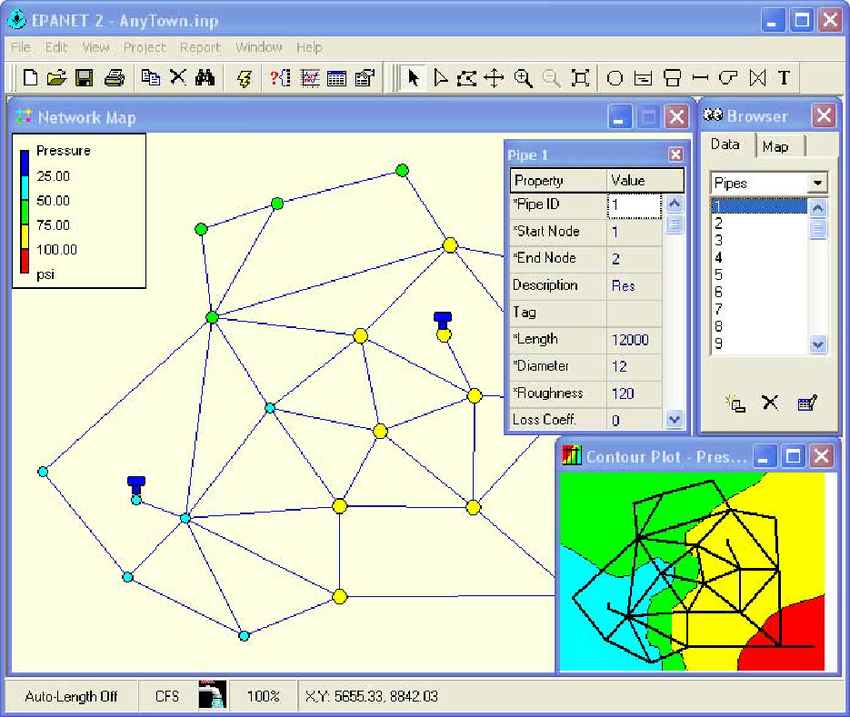
Open-source hydraulic modeling software popular for its user-friendly interface and ability to simulate complex water distribution networks.
Remember, the best BIM software for your project will depend on its specific needs and requirements. Exploring these exciting new applications can open doors to innovative solutions and optimized infrastructure outcomes.
Connected BIM – The Future of Infrastructure
Moving beyond individual projects, Connected BIM bridges the gap between stakeholders. It’s a collaborative platform where architects, engineers, contractors, and even facility managers share data in real time, optimizing the entire life cycle of an infrastructure project, from design to decommissioning.
The future of infrastructure is on the horizon, and it’s digital, connected, and powered by BIM. But it’s not just about cutting-edge tech; it’s about building smarter with taxpayer dollars in mind. With careful infrastructure spending, BIM can be the game-changer we need, transforming how we design, build, and manage the lifeline systems that keep our world running.
Think of it this way: Every bridge, road, and power grid tells a story – a story of construction, maintenance, and ultimately, service to our communities. By digitizing these assets, we gain incredible transparency. BIM becomes a window, allowing us to see into the health and performance of our infrastructure, making informed decisions about its future. This means allocating resources wisely, prioritizing essential upgrades, and extending the lifespan of existing assets.
But BIM is more than just bean-counting. It’s a collaborative spirit, bringing together architects, engineers, and city planners on a virtual canvas. Through BIM, we can design infrastructure that anticipates the needs of tomorrow – flexible, resilient, and sustainable. We can build for generations to come, leaving a legacy of smart, responsible infrastructure that serves not just our present, but our future.
Ready to be a part of this revolution? TopBIM Consultants in the USA are waiting to help you navigate the road ahead. Together, we can build a brighter future, one digital infrastructure project at a time.
Further Reading
What Is BIM? Guide To Implementation And Myths
The Future Of BIM Construction- Trends, Challenges & Adoption
4 Stages Of BIM Process In Building Construction
Key Benefits And Role Of BIM Design In Construction
Applications Of BIM Technology In The Construction Industry
BIM LOD (Level Of Development)- 100 200 300 350 400 500
Our Services
Latest Post
Get A Free Quote
BIM Construction is the Future
Building information modeling (BIM) is the future of building design and construction. Get in touch with our BIM Experts.



